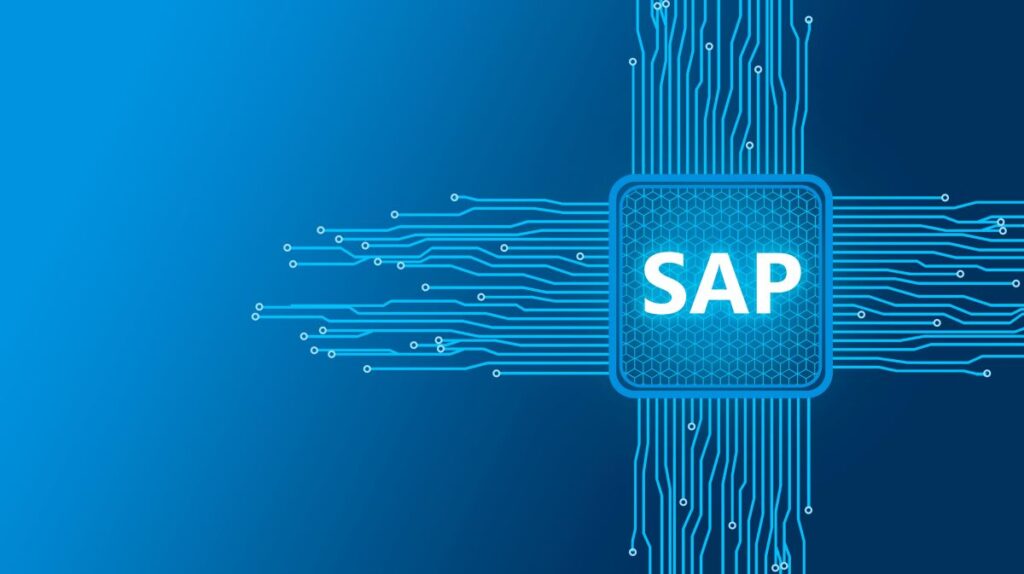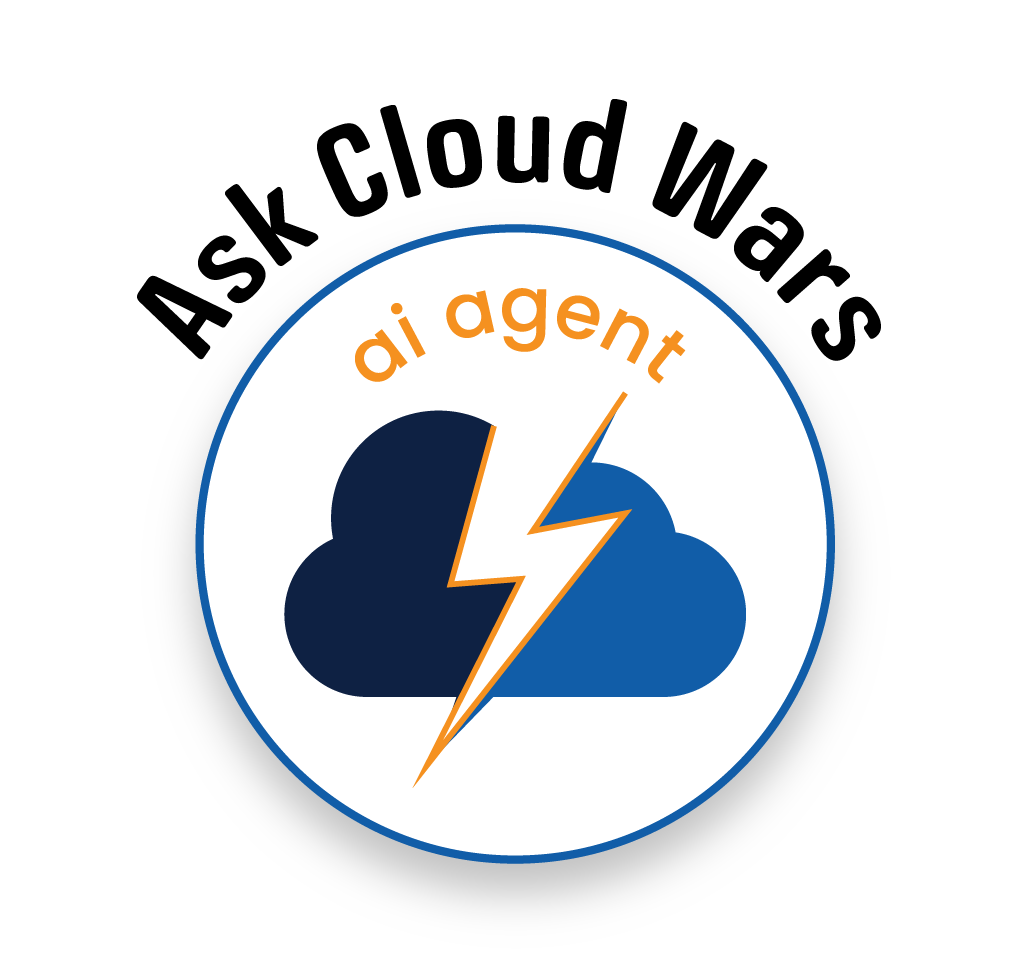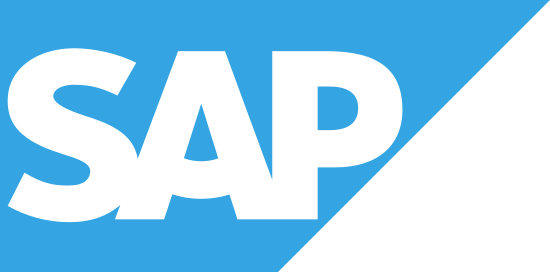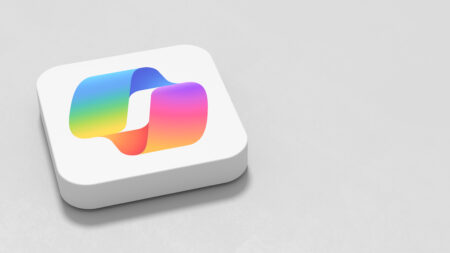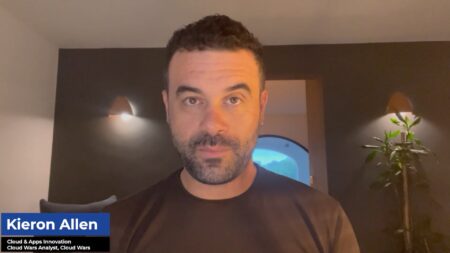
While SAP has adopted an unconditional cloud-first mission and its enterprise systems include a staggering amount of business data, the iconic software company is avoiding the “data cloud” name that’s come to represent a red-hot category here at the dawn of the GenAI Revolution.
That terminology question aside, SAP over the past couple of years has intensified its focus on data, with its modern and fully capable Datasphere platform at the center of its customer engagements. SAP recently added a number of GenAI capabilities to Datasphere, which I had the chance to discuss with Irfan Khan, president and chief product officer for HANA Database and analytics.
The new GenAI services within Datasphere are impressive and timely because they allow SAP customers to gain powerful new insights from their data without having to undergo expensive, time-consuming, and complex migration and integration exercises that have so often bedeviled data-management projects.
Here’s how SAP described its new upgrades for Datasphere — and I applaud the company for leading with customer benefits rather than technology details: SAP said it is unveiling “transformative data innovations that will help customers harness the full power of their data to drive deeper insights, faster growth and more efficiency in the era of AI. New capabilities in the SAP Datasphere solution, including new generative-AI features, transform enterprise planning through simplified data landscapes and more-intuitive data interaction.”
In today’s high-speed and turbulent business environment, customers looking to build a growth-oriented AI strategy on top of a solid data foundation will see their top priorities reflected in several of the points made by SAP about harnessing data to drive the ideal trifecta of “deeper insights, faster growth, and more efficiency.” Plus, new technologies combined with design thinking mean that all of that can happen in the context of “simplified data landscapes” with “more-intuitive data interaction,” which is essential as more non-specialists engage with data.
And while those attributes would be beneficial in any data platform, they are particularly meaningful with Datasphere because of the unmatched data assets SAP has by virtue of its massive base of large and mid-sized enterprises across the globe.
“I think we can confidently say that the amount of business data SAP has is more than any other software company can match,” Khan said in our discussion, emphasizing that Datasphere was designed to handle not only SAP but also non-SAP data. To support his contention, Khan said that Datasphere incorporates 30,000 customers from its predecessor, Business Warehouse, and manages a total of 100 petabytes of data in customer environments.
And because those customer environments include data from not only ERP applications but also HCM and CX, Khan said, Datasphere can offer unmatched end-to-end insights for customers.
The new GenAI capabilities are a combination of the SAP Analytics Cloud and its Joule copilot that allows customers to easily build models in Datasphere and then use Joule to ask specific questions, Khan said.
“For example, a company planning a major global campaign could ask, ‘Based on demand signals in each region, what promotions should I run in each region?'” Khan said.
On the matter of whether SAP should or should not incorporate the “data cloud” terminology, Khan said SAP believes Datasphere already does everything that existing data clouds do and more.
“The SAP Business Data Fabric is exactly analogous to a data cloud, and beyond that we offer the Business Data Fabric and Datasphere as a fully managed service.”
Ask Cloud Wars AI Agent about this analysis
To Data Cloud Or Not Data Cloud?
Clearly, Irfan Khan has forgotten more about data clouds than I will ever possibly know — so I’m certainly not quibbling with him about the technological attributes of Datasphere versus anything else.
Rather, I’m wondering if SAP is missing an opportunity here to capitalize on a concept that has clearly captured the imaginations — and some hefty budget dollars — of customers and on a term that could be more tangible than “data fabric” to the huge numbers of non-tech executives now involved in choosing strategic data vendors.
In most of my conversations with customers, their feeling is that just as there are cloud infrastructure and cloud applications and cloud security, then so too should data have its own specialized cloud strategy.
Look at how Snowflake — which in my mind is the originator of the capital-D capital-C Data Cloud category — defines the Snowflake Data Cloud:
“The Data Cloud is a global network that connects organizations to the data and applications most critical to their business. The Data Cloud enables a wide range of possibilities, from breaking down silos within an organization to collaborating over content with partners and customers, and even integrating external data and applications for fresh insights. Powering the Data Cloud is Snowflake’s single platform. Its unique architecture connects businesses globally, at practically any scale to bring data and workloads together. Together with the Snowflake Marketplace which simplifies the sharing, collaborating, and monetizing of thousands of datasets, services, and entire data applications — this creates the active and growing Data Cloud.”
While Snowflake and its Data Cloud compete with SAP from the data side, there’s also intensifying competition coming from the applications side in the form of Salesforce, which is the only tech vendor with an enterprise-apps business bigger than SAP’s ($34.8 billion versus $34.1 billion).
And Salesforce CEO Marc Benioff has been raving about his company’s Data Cloud and how it’s become the fastest-growing organic product the company’s ever had and is at the core of Salesforce’s future strategy. You can read all about that in “As Salesforce Legacy Growth Flatlines, Benioff Flips from Apps to Data.”
Final Thought
I realize I may be rambling a bit about the significance of “data cloud” terminology, but the larger point is that it is more important than ever for tech vendors to present their products and services to customers in the context that best align with what those customers want and need.
And it seems to me that:
- in Datasphere, SAP has a superb and fully integrated set of data-management capabilities ideally positioned for GenAI solutions and engagement; and
- SAP is doing everything in its power to be thought of as a cloud-first company; and
- customers have been conditioned to think — to believe — that the cloud is the business architecture for the future; and
- data is the most-valuable asset any business can have; and
- in my opinion, SAP has a data cloud but just doesn’t call it the SAP Data Cloud.
But perhaps SAP should call it that, because that would align more closely with how customers see SAP and what they want from SAP.
Mediocre technology with a fancy name will fail. Brilliant technology with a so-so name might succeed. But brilliant technology with a name that captures the mindset of customers has a very good chance of being a huge success.
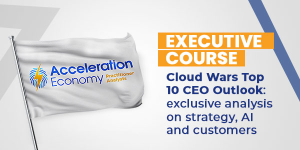
Register for Acceleration Economy’s Cloud Wars CEO Outlook 2024 Course, now available. Featuring exclusive interviews on strategy, AI, and customers with the CEOs of Cloud Wars Top 10 companies.


